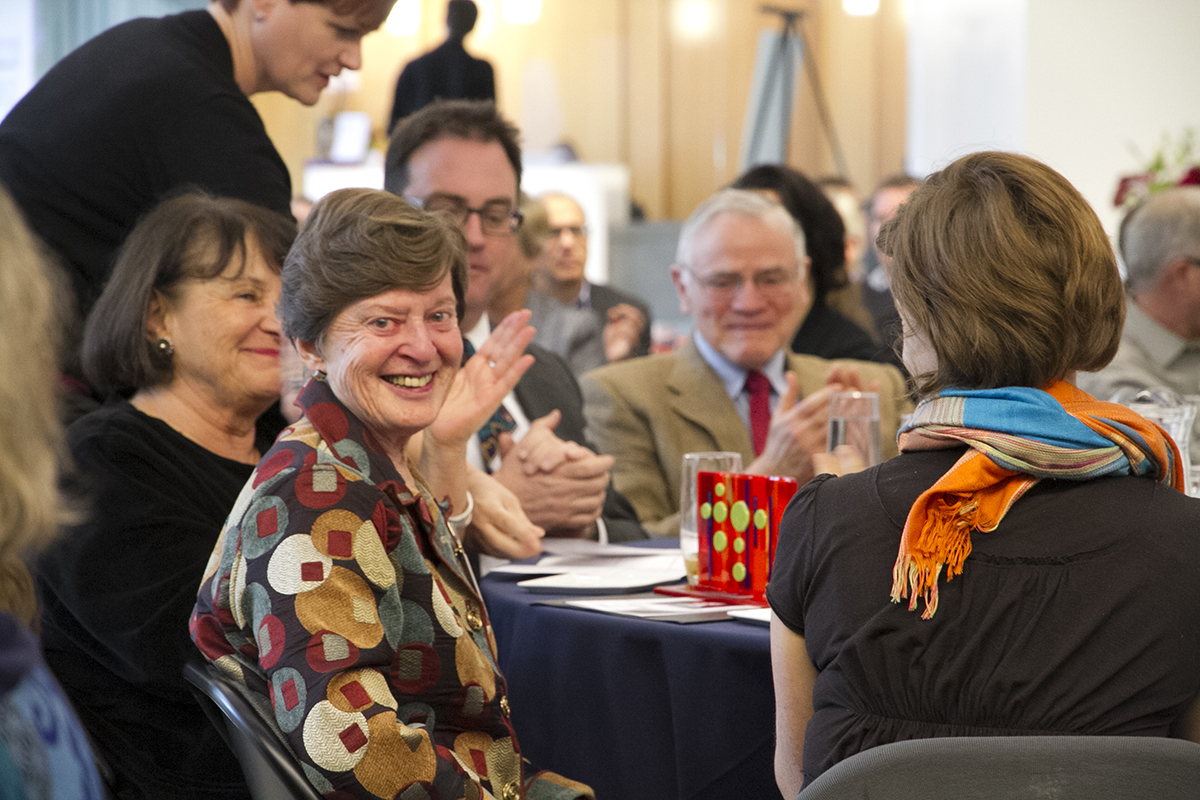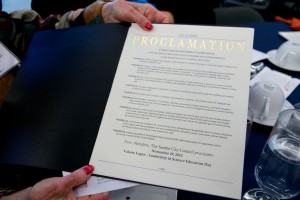1st Annual Valerie Logan Luncheon
 isbscience.org/news/2012/12/02/1st-annual-valerie-logan-luncheon/
isbscience.org/news/2012/12/02/1st-annual-valerie-logan-luncheon/
On Nov. 29, 2012, ISB held its first annual Valerie Logan Luncheon to honor Valerie Logan, Dr. Lee Hood’s wife, and to raise funds for our work related to K-12 science education. The City of Seattle also issued a proclamation for Nov. 29 as “Valerie Logan Leadership in Science Education Day.”

We also presented the first Valerie Logan Leadership in Science Education Award to Don McConkey, who is the assistant superintendent of the Snoqualmie Valley School District. The Snoqualmie District has worked with ISB’s Center for Inquiry Science to provide professional development for its teachers. In his acceptance speech, Don said, “The positive impact that ISB and the Center for Inquiry Science have had and continue to have on our school district, teachers and, most importantly, the students is immeasurable.”
The luncheon raised about $64,000 for ISB’s groundbreaking work to support K-12 science education, and we couldn’t have done it without the generous support of our donors and sponsors. Many thanks to our emcee, Patti Payne, and our sponsors:






